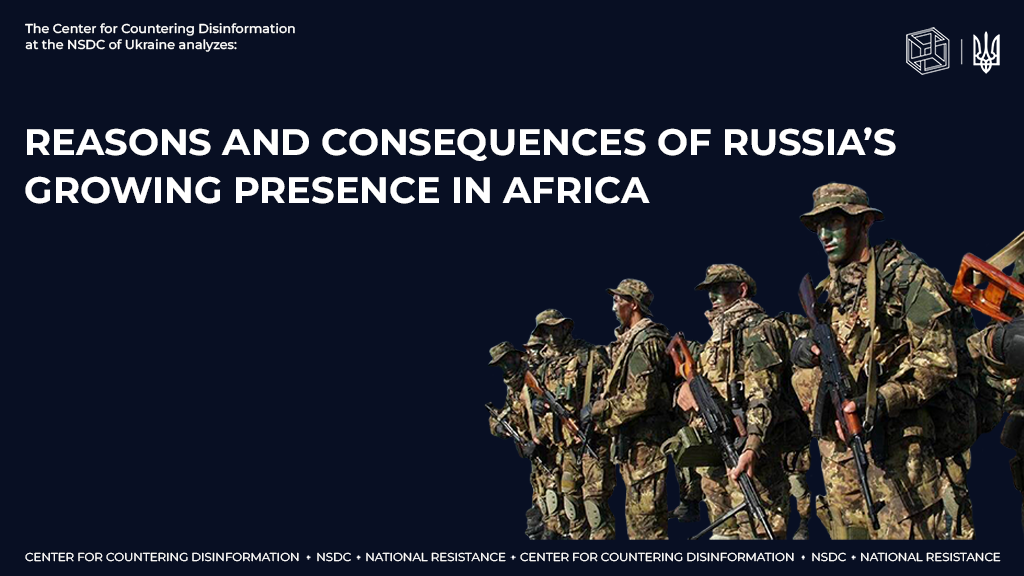Reasons and consequences of russia’s tactics of mass eviction of residents of the occupied part of Southern Ukraine.
Russian occupation forces in Khersonshchyna report that residents will be forcibly evicted from the oblast if they do not comply with their “orders”. The “document” was signed by the so-called head of the military-civilian administration of the Kherson Oblast v.saldo.
According to the so-called decree, actions that the russian occupation forces regard as a “threat to social and political stability” will lead to forced eviction from the occupied part of the Kherson Oblast.
The “decision on eviction” will be approved by the “military commandant”. It will take 24 hours to be implemented.
Among the reasons why residents may be evicted from the occupied part of the Khersonshchyna is obstruction of the work of the “military-civilian administration” and other “structures” of the occupation forces, “discrediting” the russian authorities or the russian army, spreading “false information” about the actions of the russian authorities.
The order also prohibits holding public events that are not agreed with the occupiers.
Similar measures are planned to be implemented in the part of the Zaporizhia Oblast occupied by the russian military.
On July 1, the so-called head of the military-civilian administration ye. balytsky, appointed by the russian occupation forces, published the relevant “decree” on his Telegram channel.
The planned eviction of residents of the occupied parts of Ukraine has been a well-known tactic since Stalin’s times. A similar scenario was used to deport Crimean Tatars in 1944, and in 1939-1940 and 1947 – to deport Ukrainians to Siberia.
During December 1939-March 1940, more than 137 thousand people were deported from Western Ukraine and Western Belarus to the northeastern regions of the rsfsr, the Komi assr and Kazakhstan.
On October 21, 1947, there was a mass eviction of Ukrainians from the Western part of Ukraine (about 78 thousand) to Kazakhstan and remote areas of Siberia. After the occupation of Abkhazia and South Ossetia in 2008, russia also carried out ethnic cleansing (up to 300 thousand people were expelled from Abkhazia – more than 60% of the population). However, there was no replacement of the population with russians in the occupied territories of Georgia.
What is prompting the kremlin to return to the Nazi practice of actions that can be characterized as a part of the genocide of the Ukrainian people?
Russian occupation forces have already exhausted other ways to fight pro-Ukrainian sentiments in the occupied part of Southern Ukraine.
Pro-Ukrainian sentiments in the occupied territories are so powerful that they can no longer be restrained by intimidation and arrests.
Fear of the local partisan movement in Kherson and Zaporizhia Oblast, which effectively destroys russian military, collaborators and traitors, is another reason for the likely eviction of Ukrainians from the South.
Russia’s plans to pseudo-deport Ukrainians from the South expose the intentions of this country, but their implementation will be unlikely. After all, then the majority of the population of the temporarily occupied cities will have to be deported.
The probability of Ukrainians being replaced by russians in Southern Ukraine is also minimal. After all, the Russian authorities understand that the Ukrainian military will sooner or later regain control over these territories and, therefore, will limit themselves to bringing their military, representatives of punitive structures and intelligence services.
Thus, by their orders, the collaborators violated the rights and freedoms of people in the temporarily occupied territories not only under the Constitution of Ukraine but even under russian laws, which, although formally, guarantee the right to “свободу мысли и слова, проведение мирных собраний, митингов, демонстраций, шествий” (“freedom of thought and speech, peaceful assembly, rallies, demonstrations, marches”).










